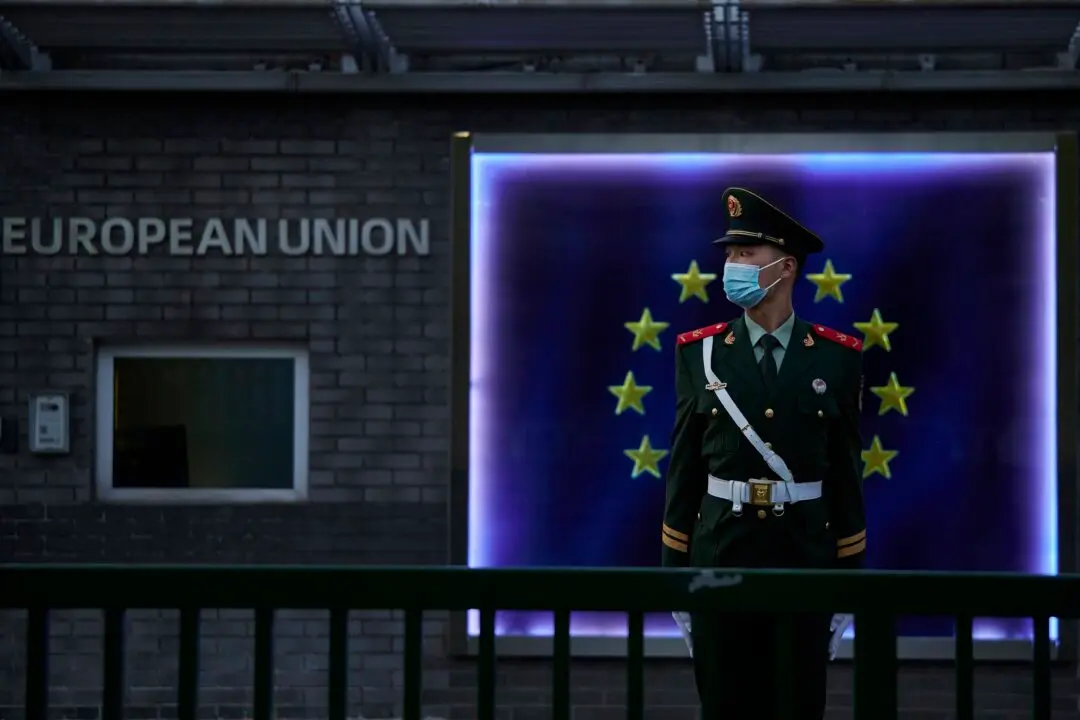Commentary
In the context of state-directed inefficiencies, growing unemployment, and lagging economic growth, the Chinese Communist Party (CCP) published its new five-year plan this month. It seeks to double China’s economy between 2020 and 2035. That would be fine if the regime were not a genocidal dictatorship trying to export its form of totalitarianism abroad.
Thankfully for the world, the CCP cleaves to a failed production-led development model. The plan is to “modernize” China’s industrial and financial system through scientific and technological self-sufficiency, a stronger financial sector, and import substitution. It focuses on boosting technological self-reliance and innovation in the cyber and aerospace sectors. But the plan will continue to grind down Chinese consumers by putting their interests second.
The reasonable Trump administration proposal to rebalance the U.S.–China trade relationship with more demand-driven economics in China, boosting U.S. industrial exports, is therefore unlikely. The more probable outcome is additional CCP mercantilism that seeks to supplant foreign manufactures with those of China and turn other countries into sources of raw materials rather than equal trading partners that make progress toward their own industrial and technological innovations.
Meanwhile, the regime is tone-deaf to the growing consternation over its subsidized exports and technologies. Because of Beijing’s aggressive approach to trade, the United States led the way in protecting its declining industry with tariffs. Other countries, such as Turkey, Indonesia, and Brazil, are following suit.
China’s five-year plan includes the provision of more “support” to its private sector, especially in artificial intelligence (AI), quantum computing, drones, hydrogen and fusion energy, biomanufacturing, brain-computer interfaces, robotics, and 6G mobile communications. More subsidies are yet another state intervention in what appears to be a dystopic direction.
By 2024, Chinese research and development as a percent of revenues had already reached nearly 5 percent in sectors such as rail, ships, and aerospace. Research and development will likely increase further in 2025 and beyond. That spending is based on taxing the Chinese consumers to, in effect, replace their freedom of choice.
Involution is developing in China as a result of the CCP’s milking every last drop from the Chinese economy for its own purposes. This includes excessive competition driven by state-led subsidies for particular industries, such as rare-earth elements, electric vehicles, solar panels, and semiconductors. The subsidies increase supply in these and other state-chosen industries. They drive down prices and ultimately shut down competitor companies abroad that play by market rules.
But the international reaction to tariffs blocks China’s cheaper products from reaching the United States and Europe, for example. Chinese companies then try to sell them to Chinese purchasers, massively increasing supply and causing prices to drop. Deflation is the result that has afflicted Chinese industries for the past eight months.





